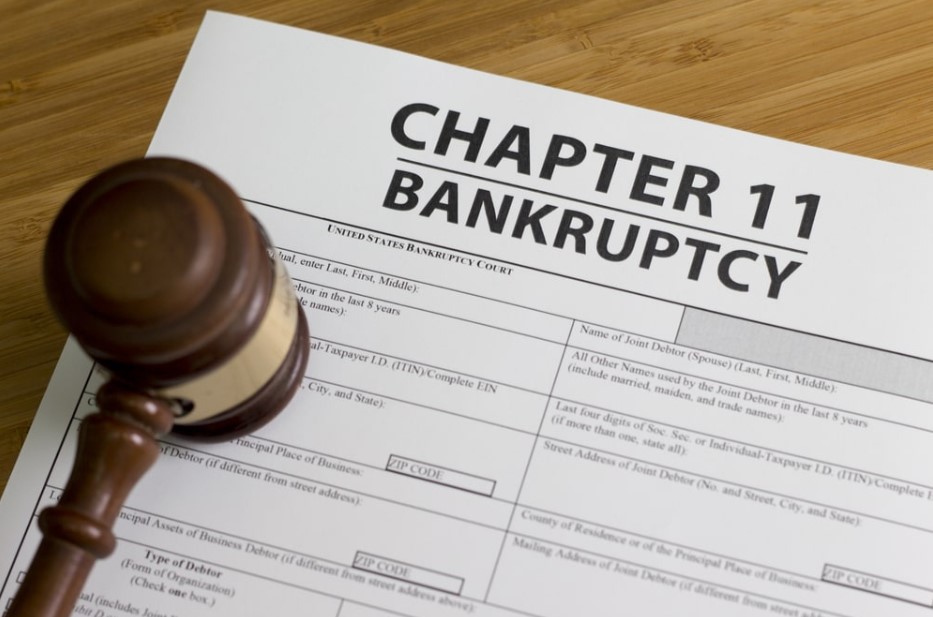Subchapter 5 Bankruptcy Attorney: Expert Guidance for Small Business Relief
June 23, 2024
Subchapter 5 bankruptcy, part of the Small Business Reorganization Act that became effective in February 2020, represents a streamlined process for small businesses looking to reorganize under Chapter 11 of the United States Bankruptcy Code. As bankruptcy attorneys specializing in Subchapter 5, we assist small business owners in navigating the complexities of this new bankruptcy pathway. It is structured to lower costs and reduce the time it takes for small businesses to restructure their debts, while allowing owners to retain control of their operations.
Our role as Subchapter 5 bankruptcy attorneys involves a thorough evaluation of a business’s financial situation to determine if Subchapter 5 is the most beneficial option. We provide strategic guidance through the preparation of a reorganization plan, ensuring that it complies with specific requirements aimed at facilitating a quicker and more cost-effective reorganization process. One of the unique aspects of Subchapter 5 is the appointment of a Subchapter 5 trustee, a concept that differs from traditional Chapter 11 proceedings.
We understand the importance of efficient and effective legal representation in these matters, especially given the fiscal challenges small businesses face. Our expertise is grounded in a deep understanding of the Subchapter 5 provisions and an ongoing commitment to our clients’ financial recovery. In our practice, we prioritize open communication and collaborate closely with business owners to achieve a reorganization outcome that aims to set the groundwork for future financial stability and growth. learn more about subchapter 5 bankruptcy attorney
Understanding Subchapter 5 Bankruptcy
Subchapter 5 Bankruptcy, introduced under the U.S. Bankruptcy Code, offers a streamlined process for small businesses to reorganize their debts. It’s designed to be more efficient and less expensive compared to traditional Chapter 11 Bankruptcy.
Eligibility and Debt Limit Adjustments
We must first consider who can use Subchapter 5 Bankruptcy. It is designed for small business debtors with secured and unsecured debts less than $7.5 million, a threshold increased under the CARES Act due to the Covid-19 pandemic. To qualify, the debt should be non-contingent, liquidated, and at least 50% should have arisen from business activities.
Adjustments to Debt Limit:
- Pre-CARES Act: $2,725,625
- Post-CARES Act: $7.5 million (valid until March 27, 2022)
- Post-CARES Act sunset: Expected to revert to the original.
Key Provisions of Subchapter 5
In Subchapter 5, a trustee is appointed to oversee the reorganization process. This trustee works with the small business to formulate a reorganization plan that creditors will need to vote on. We find the following key provisions distinctive in Subchapter V:
- Faster Reorganization: Subchapter 5 aims to conclude reorganization promptly, typically within 90 days.
- Trustee Oversight: Unlike traditional Chapter 11, the trustee has significant involvement in the development of the reorganization plan and the disbursement of funds.
- Plan Approval: The court can confirm a reorganization plan even without the consent of creditors, provided it doesn’t discriminate unfairly and is fair and equitable.
Comparison With Traditional Chapter 11
Subchapter 5 is a subset of Chapter 11 Bankruptcy, intended specifically for small business debtors, and includes certain provisions that deviate from traditional Chapter 11. These differences address common issues faced by small businesses in the bankruptcy process:
- Administrative Costs: Subchapter 5 reduces costs by eliminating certain fees and the necessity for a disclosure statement.
- Creditors’ Committees: Typically not required in Subchapter 5, which contrasts with Chapter 11 where such committees play a significant role.
- Plan Confirmation: The debtor in Subchapter 5 has more flexibility in plan confirmation, potentially without the need for a creditor vote.
We approach Subchapter 5 with a keen understanding of its nuances within the broader framework of the U.S. Bankruptcy Code, providing a viable pathway for small businesses in a challenging financial situation to reorganize efficiently.
Navigating Subchapter 5 with Legal Assistance
Effective navigation through the complexities of Subchapter 5 bankruptcy requires specialized legal expertise to ensure that our rights and interests as debtors are protected, and that we are compliant with all legal requirements.
The Role of a Subchapter 5 Bankruptcy Attorney
A Subchapter 5 Bankruptcy Attorney acts as a strategic advisor to small business debtors. Our critical responsibilities include:
- Assessing Eligibility: Determining if we meet the requirements for Subchapter 5.
- Guidance on Legal Matters: Providing clarity on the legal process, including the automatic stay, implications on equity holders, and protecting our rights against secured and unsecured creditors.
- Negotiation with Creditors: Working on our behalf to negotiate with creditors during the development of the repayment plans.
- Ensuring Compliance: Making sure that we comply with all the regulations set out by the Bankruptcy Court and United States Trustee.
Developing the Reorganization Plan
Formulating a Reorganization Plan under Subchapter 5 involves:
- Compiling Documents: Organizing necessary documentation, such as balance sheets and federal tax returns.
- Business Analysis: Evaluating our business assets, real property, and disposable income to devise a feasible plan.
- Disclosure Statement Preparation: Preparing a disclosure statement that outlines the plan details for the creditors and court.
- Plan Proposal: Drafting and proposing a plan that ensures our continued business operations and satisfies creditor requirements.
Management of Administrative and Legal Proceedings
Managing the administrative and legal processes includes:
- Court Filings: Filing all necessary documentation with the bankruptcy court in a timely manner.
- Status Conferences: Attending status conferences to keep the proceedings on track.
- Trustee Collaboration: Coordinating with the trustee to execute the reorganization plan.
- Debtor in Possession Duties: Assisting us, as the debtor in possession, to manage the daily operations while undergoing bankruptcy.
- Plan Confirmation: Facilitating the process to get the reorganization plan court-approved.
By handling these essential tasks, our attorney helps us focus on stabilizing and sustaining our business during the bankruptcy process.
